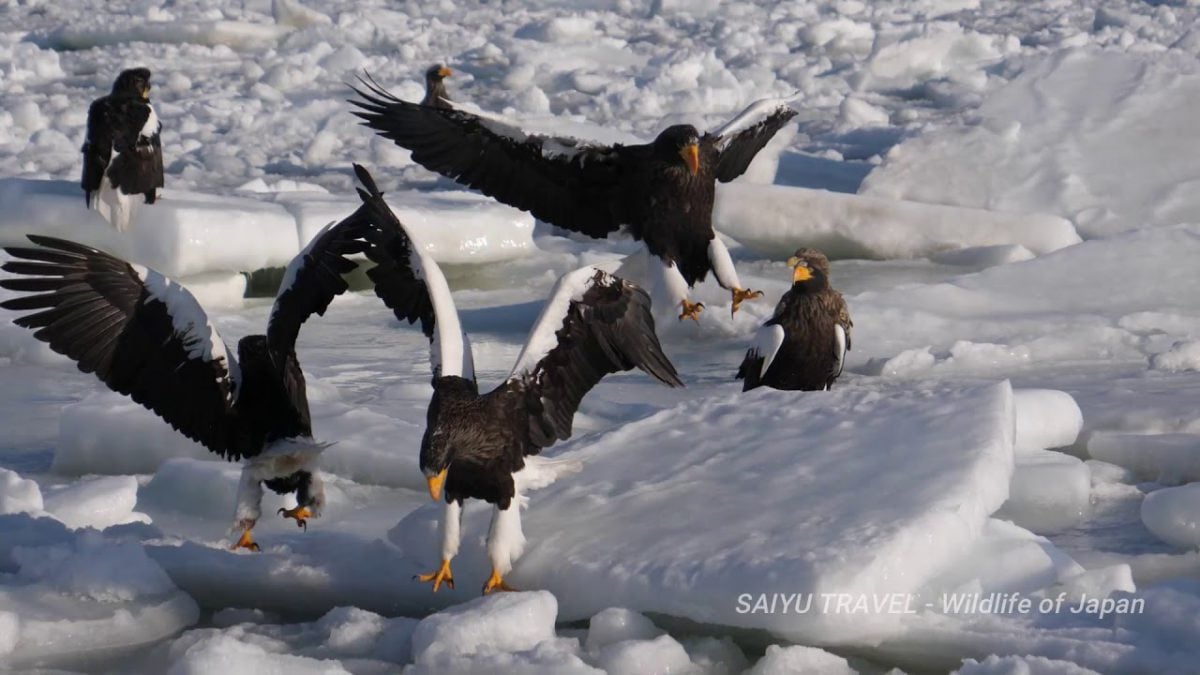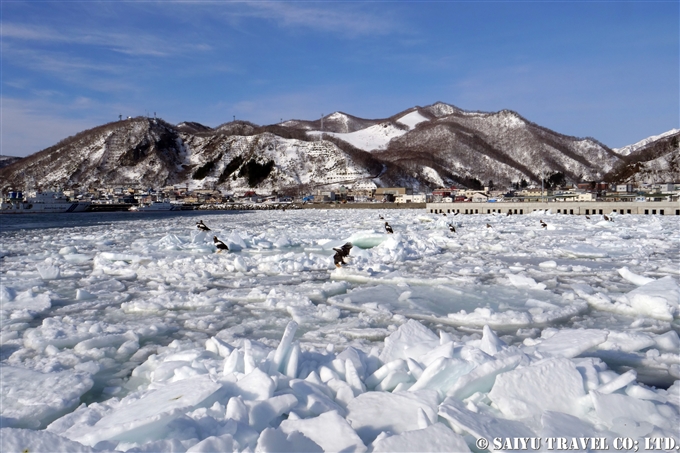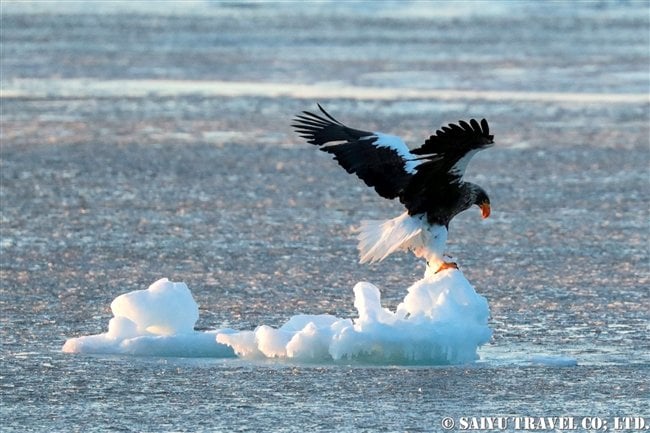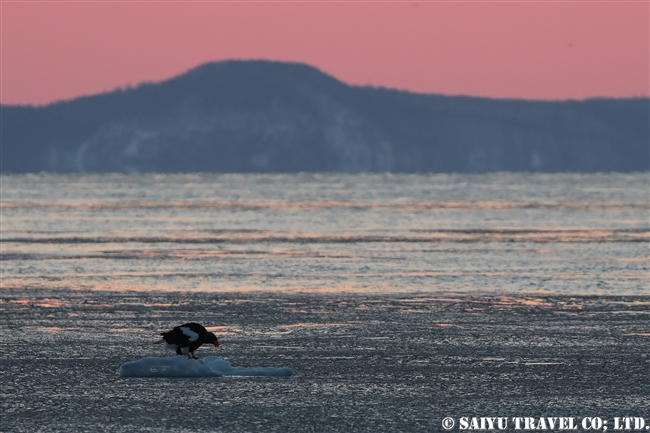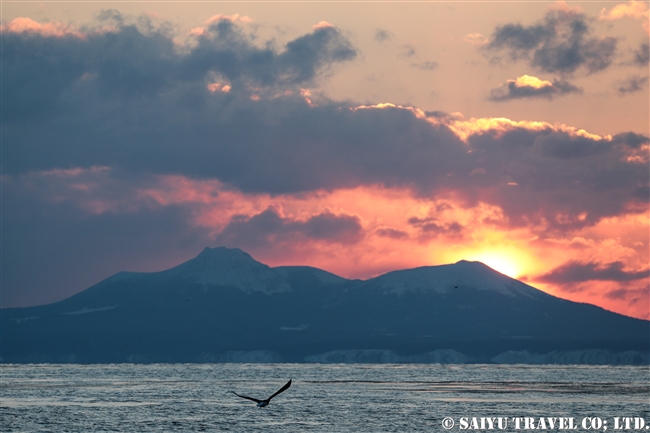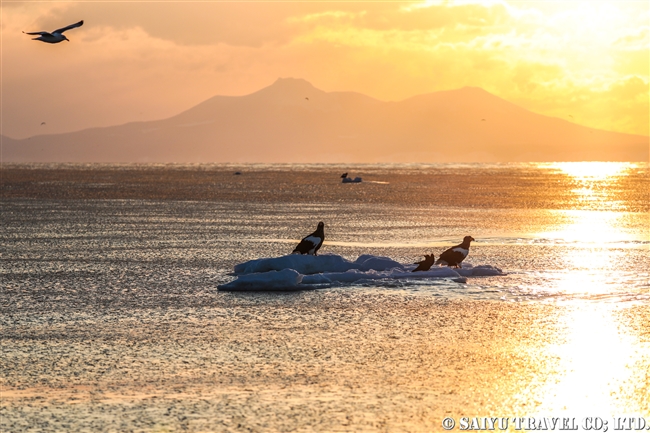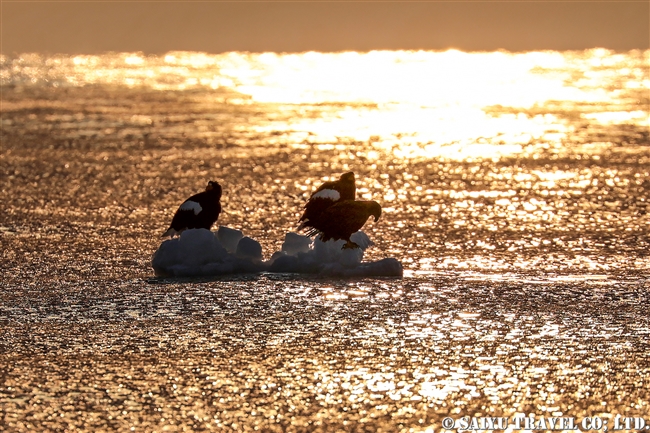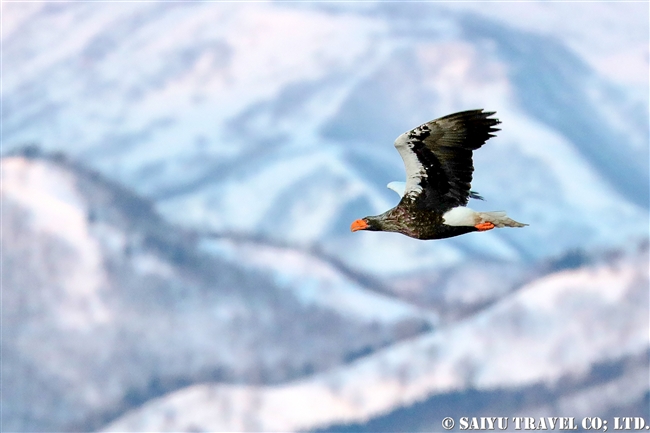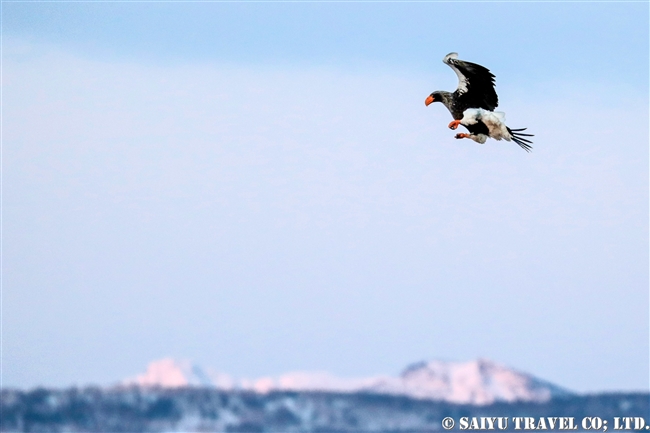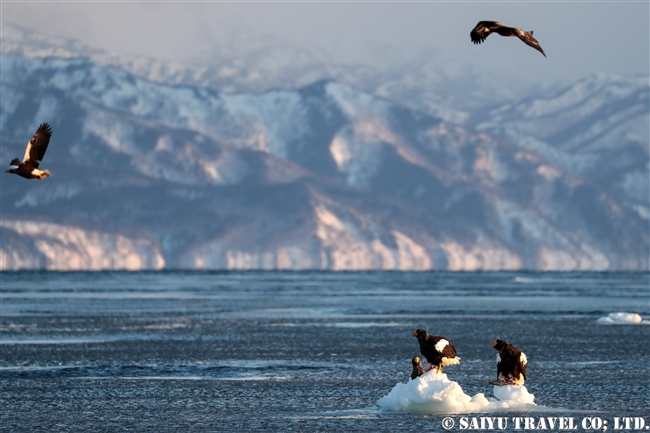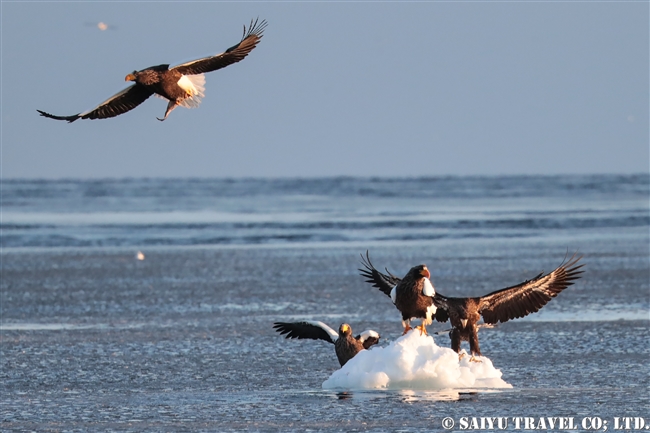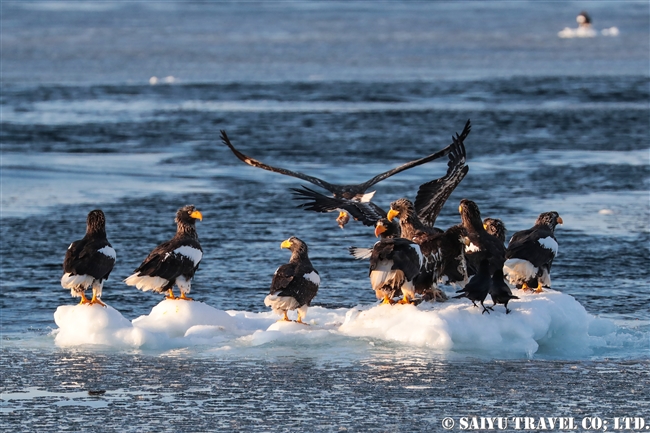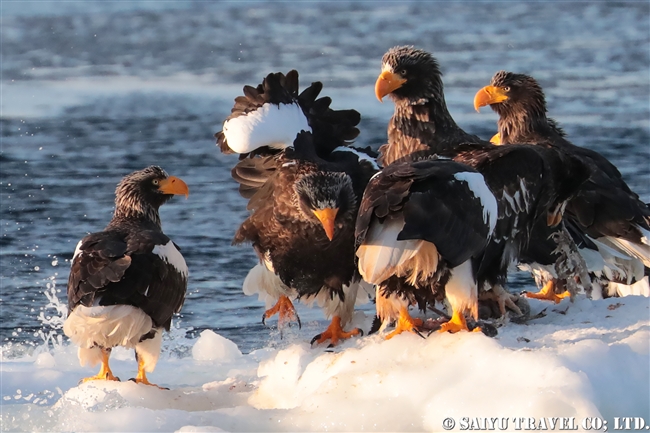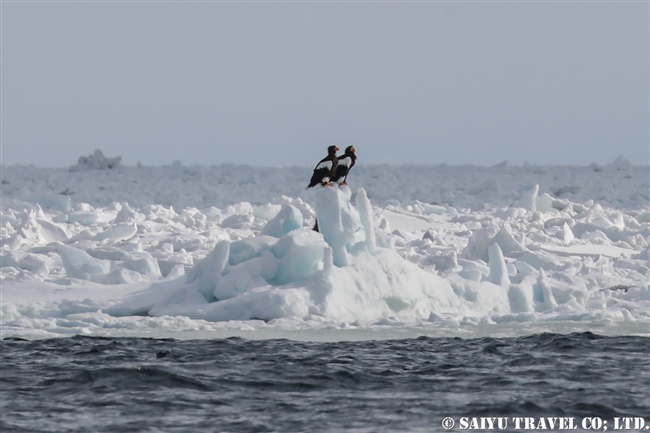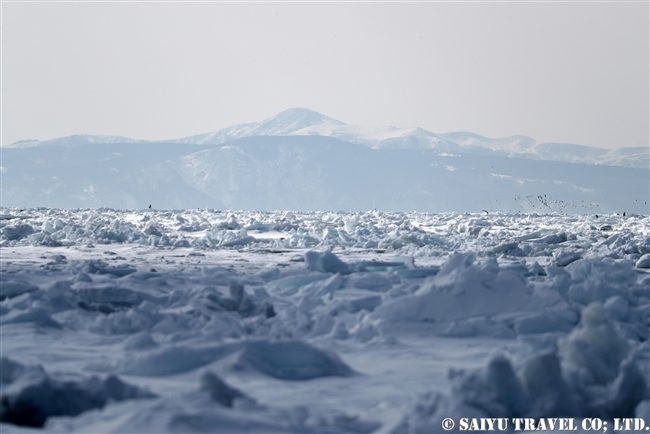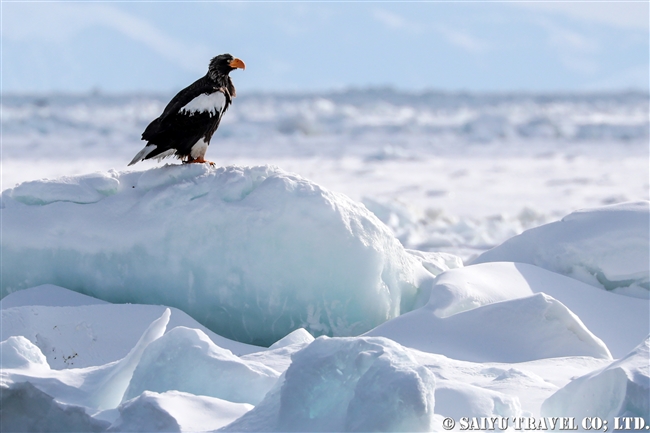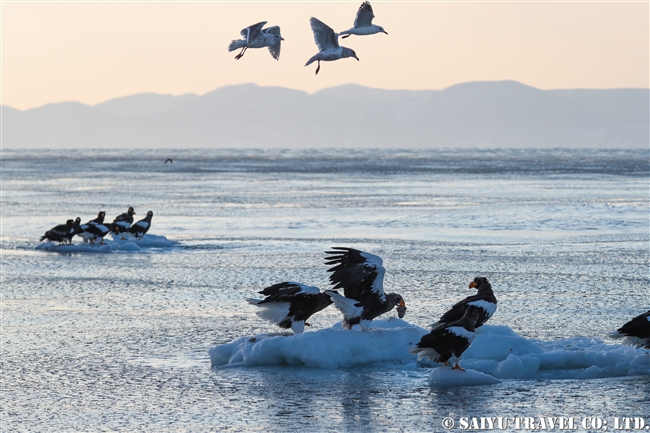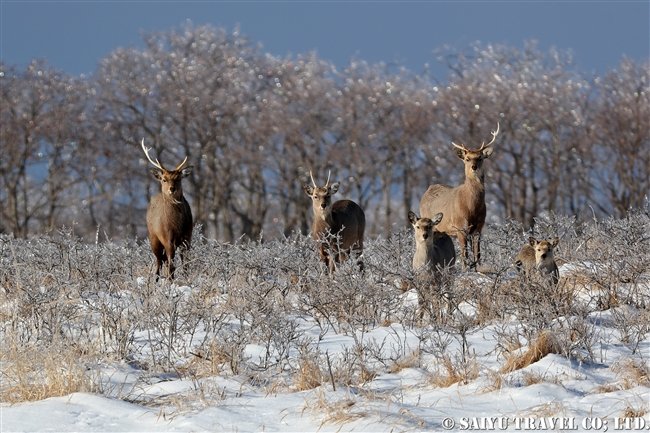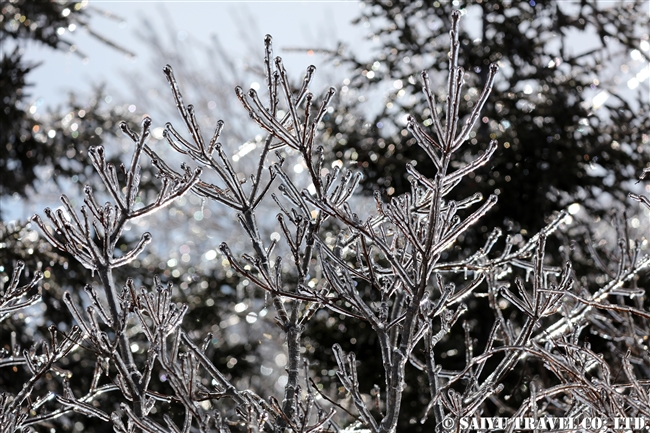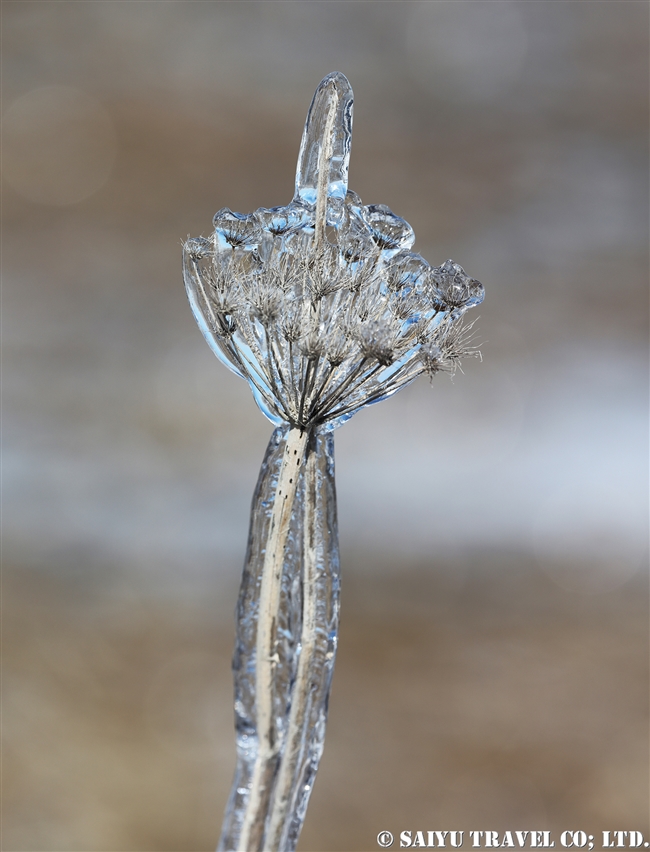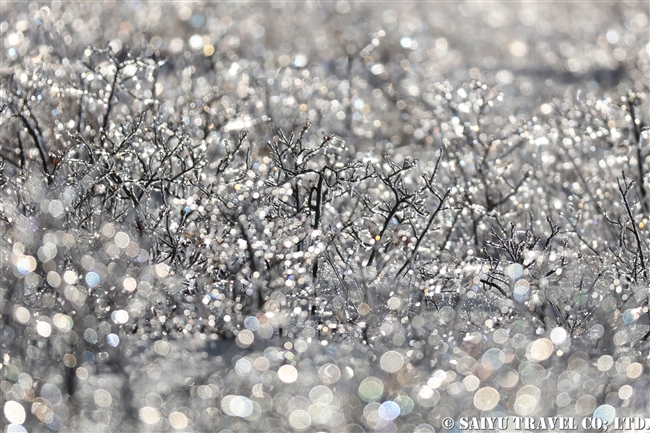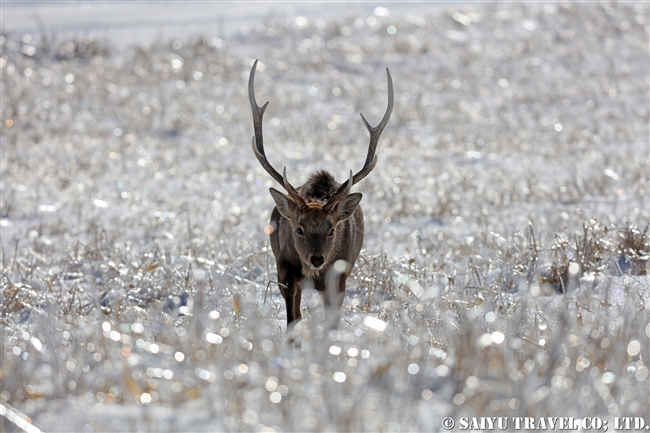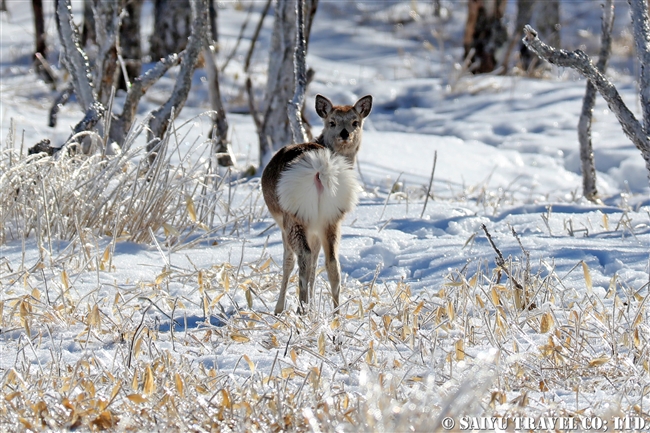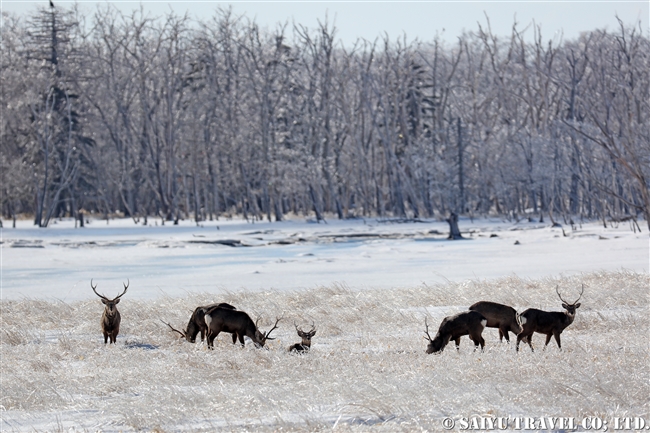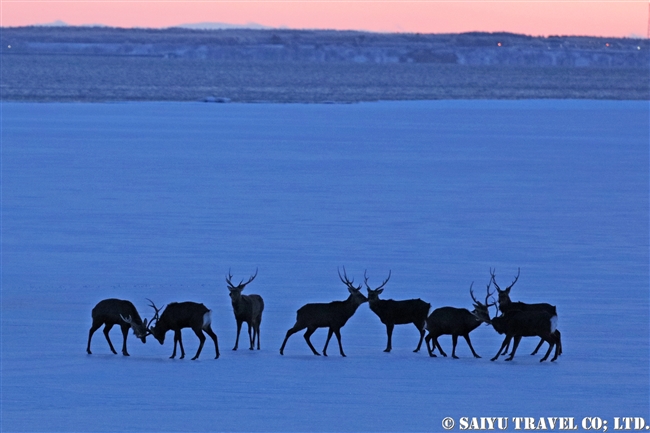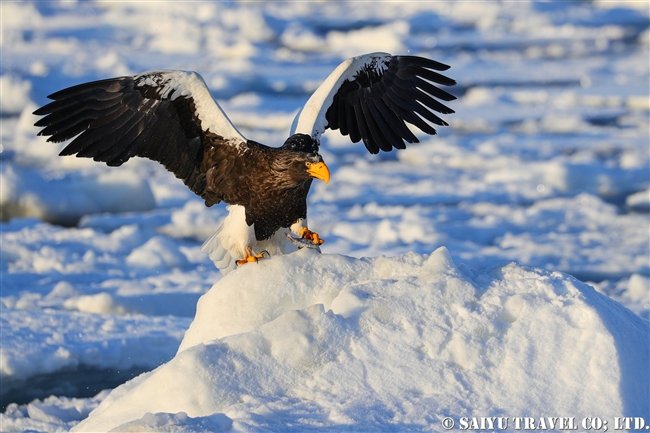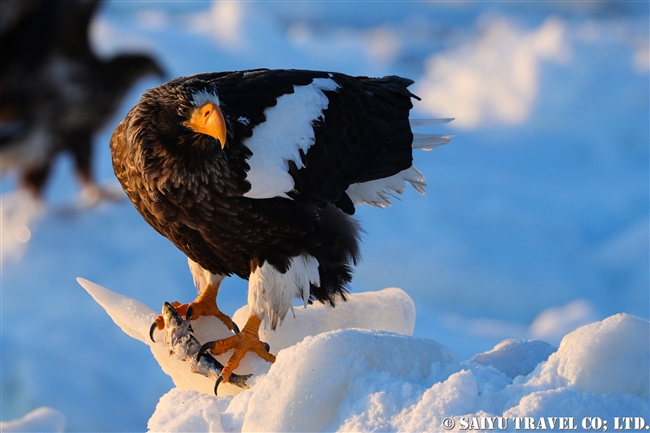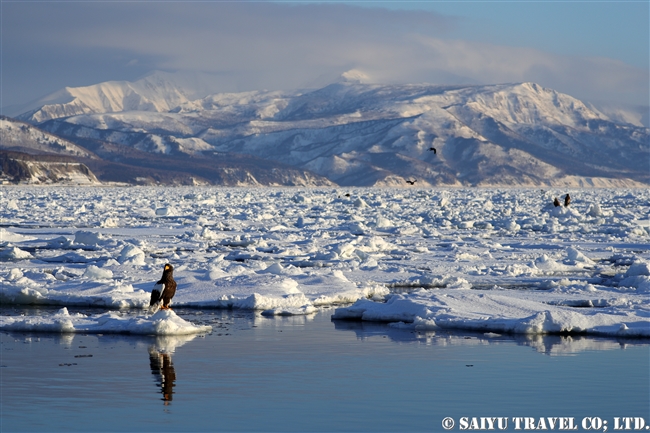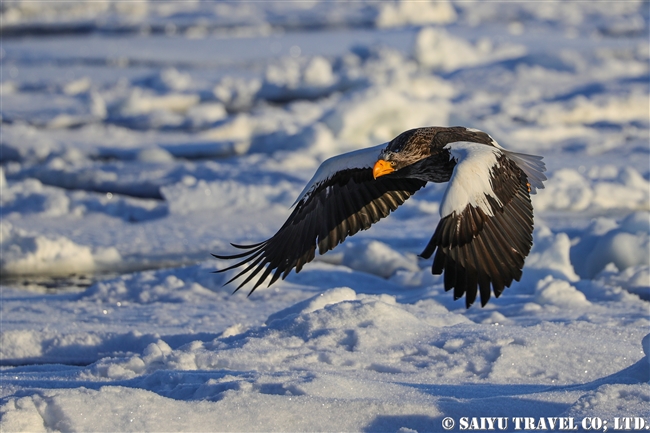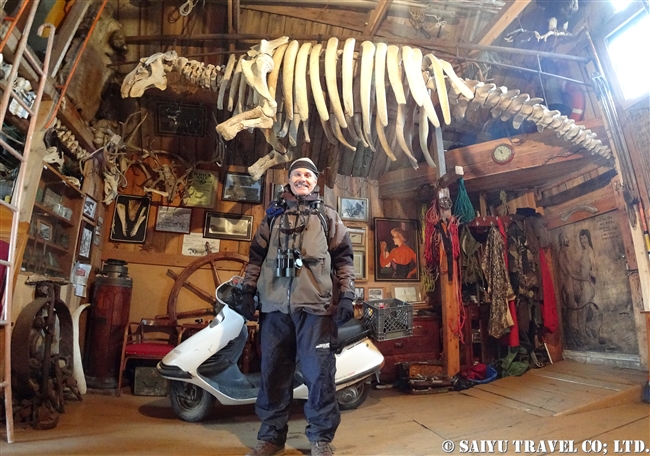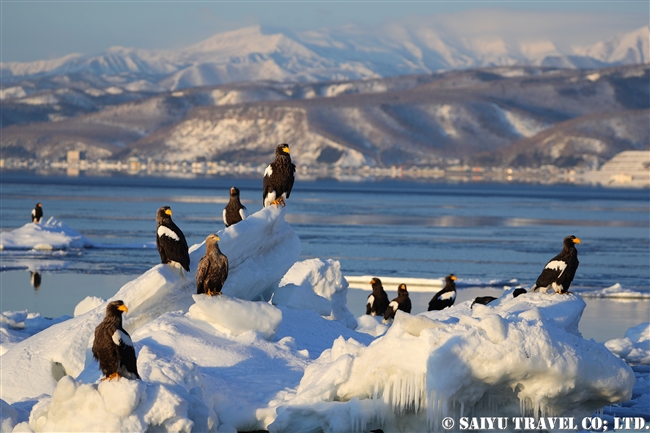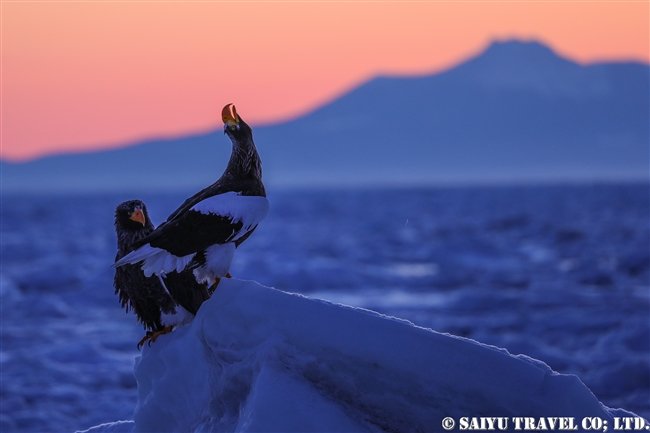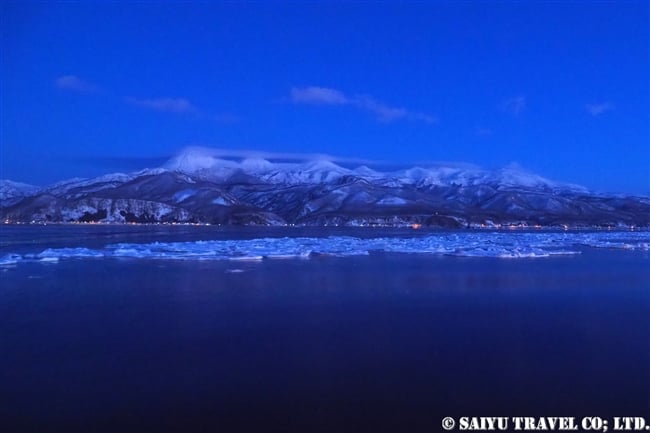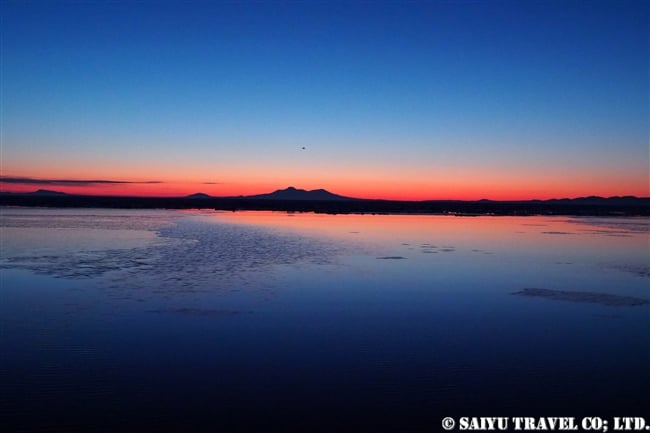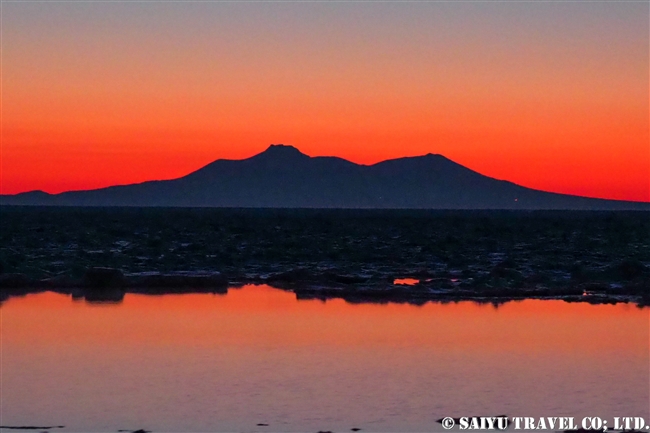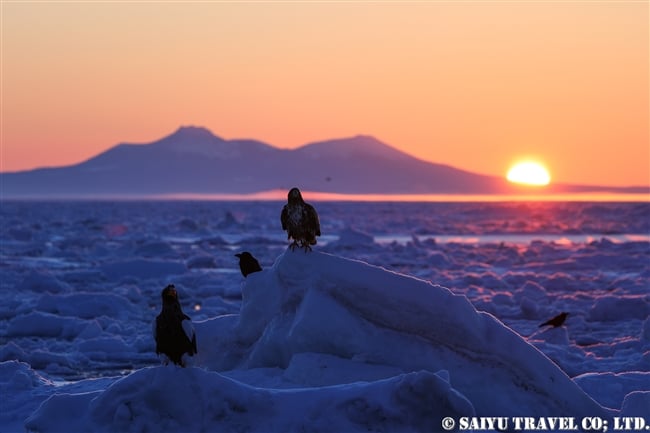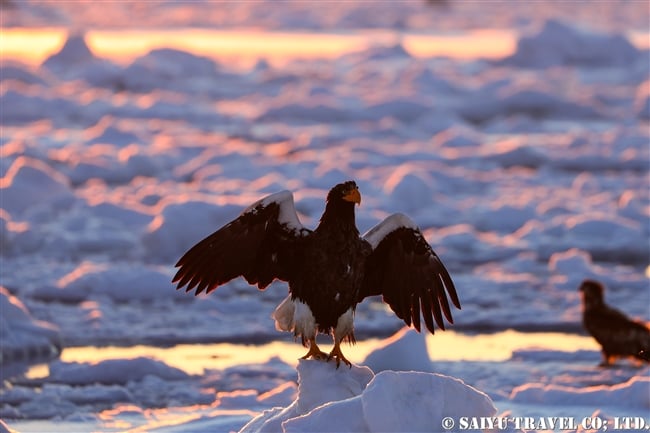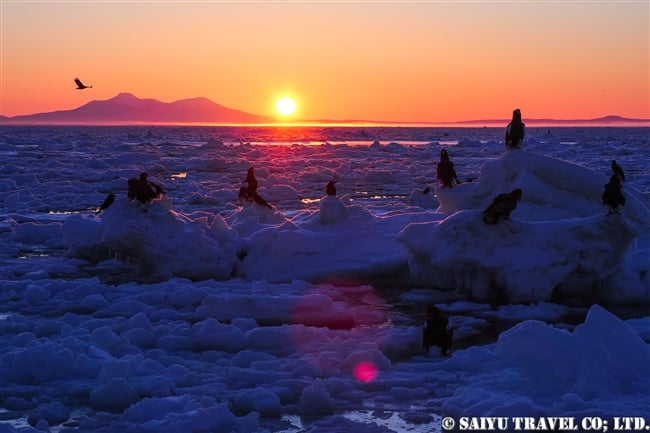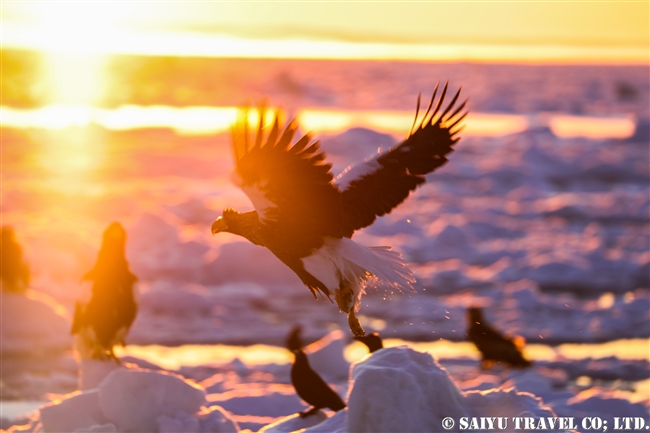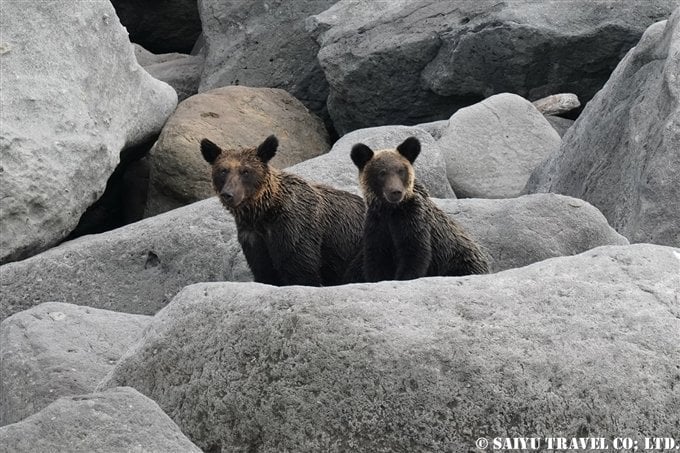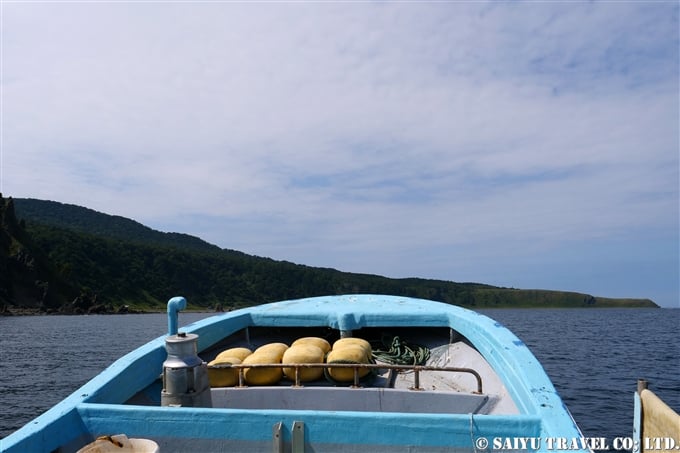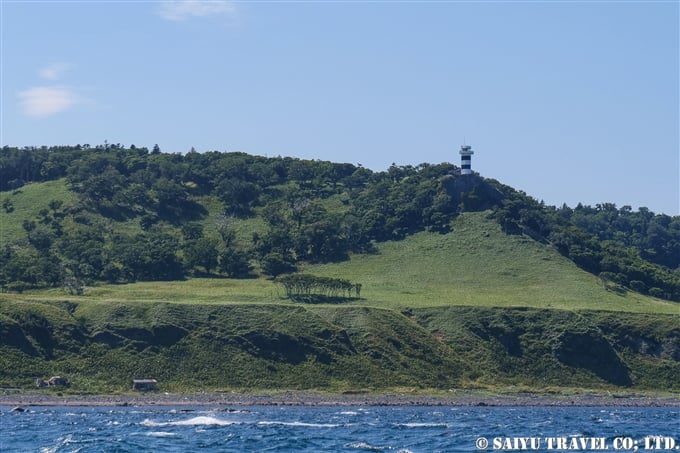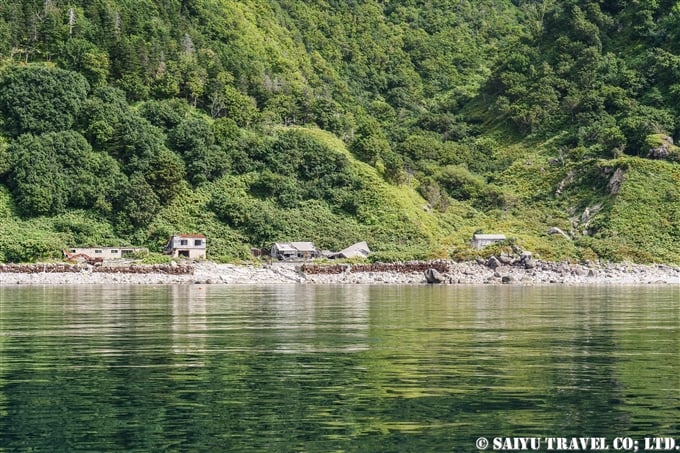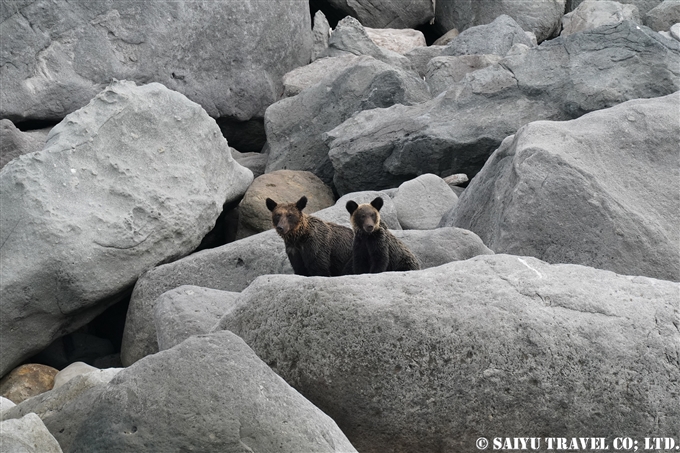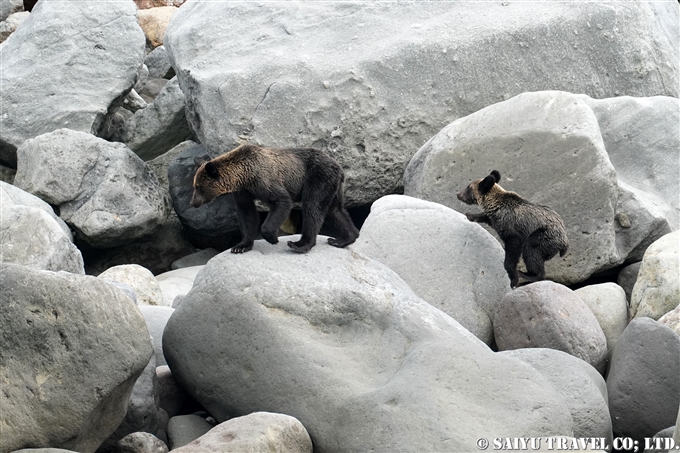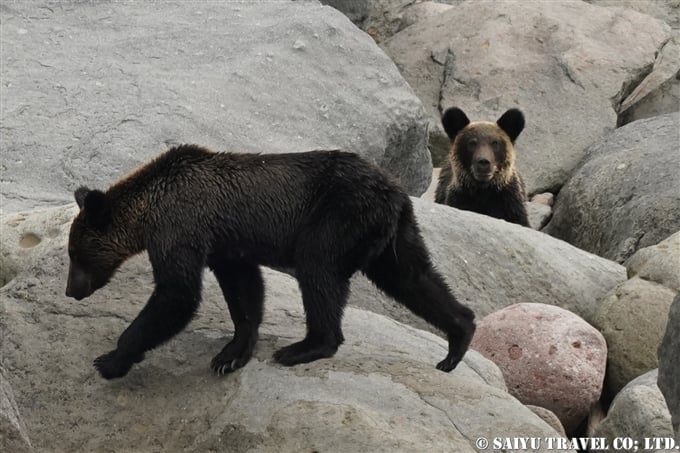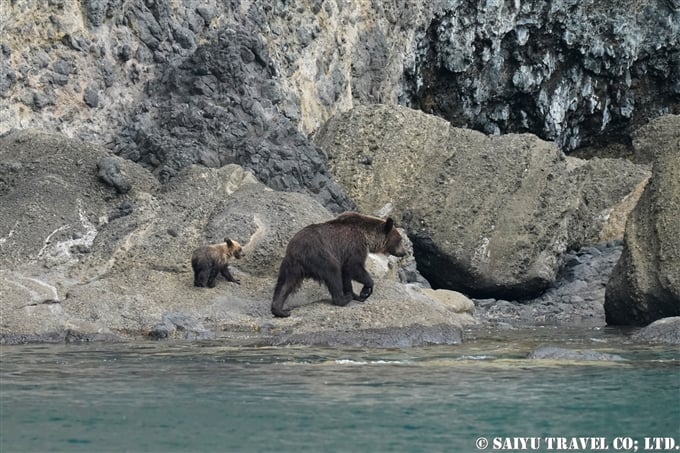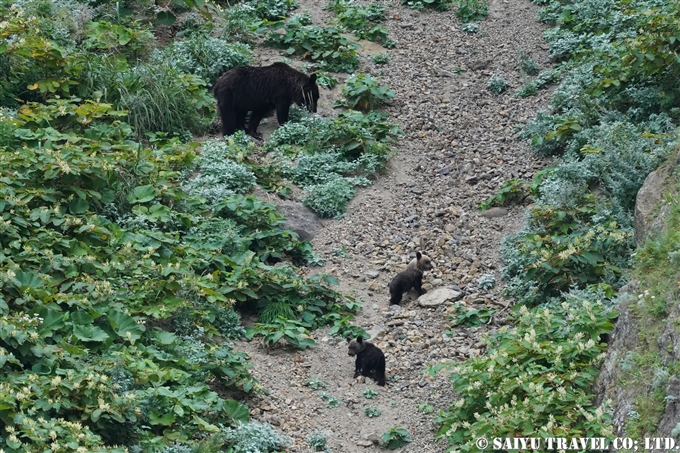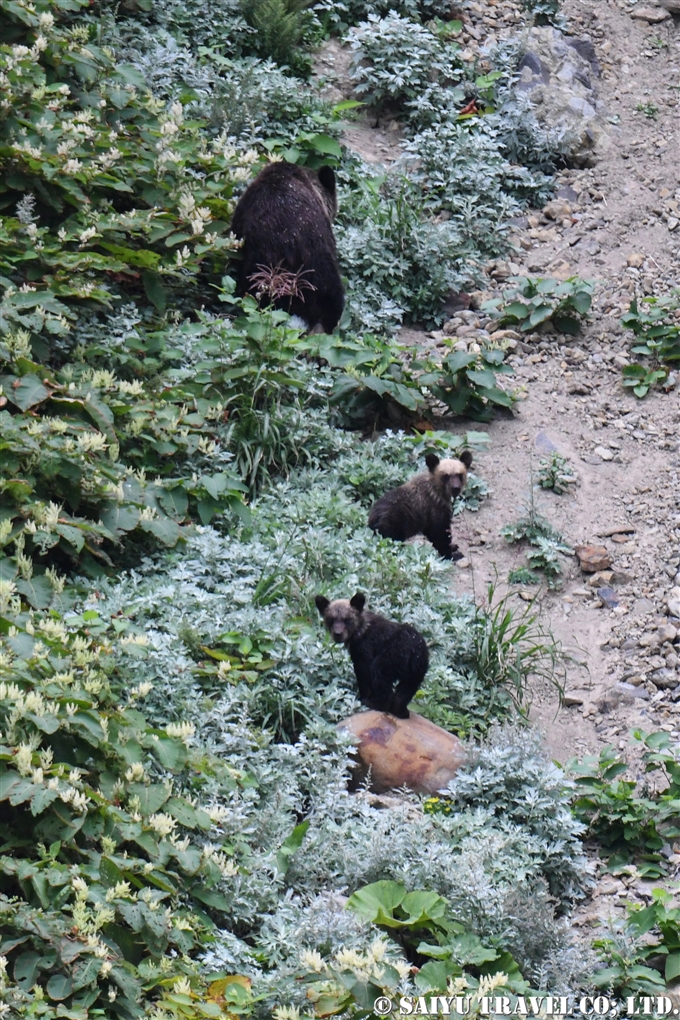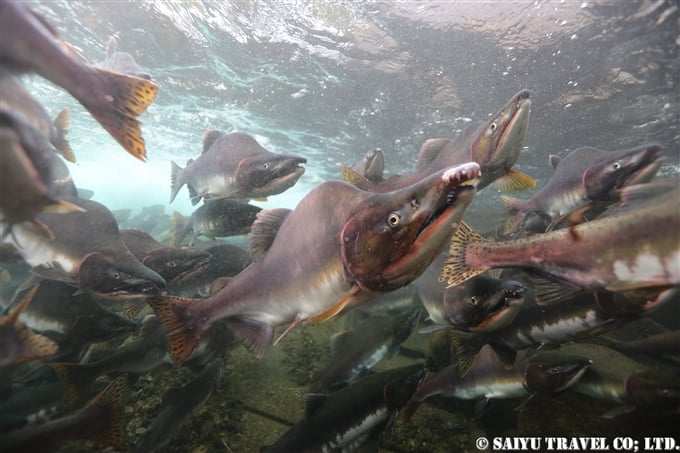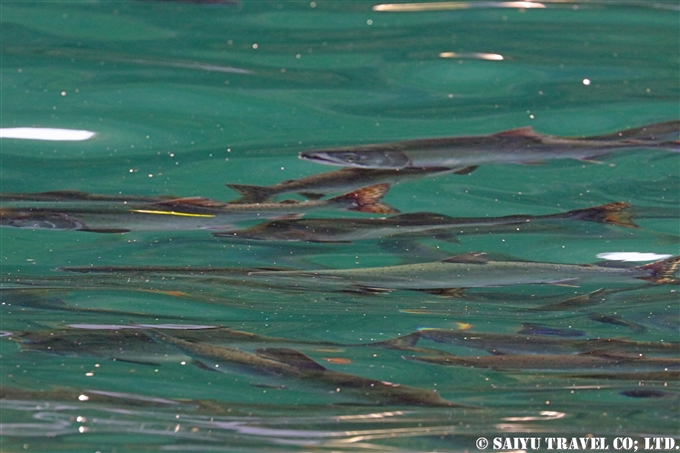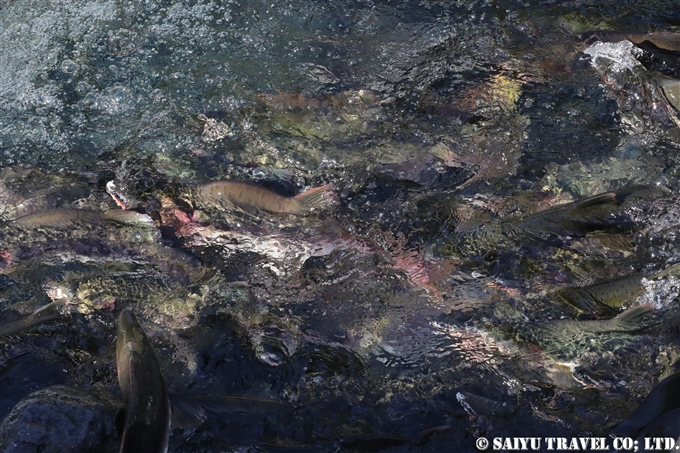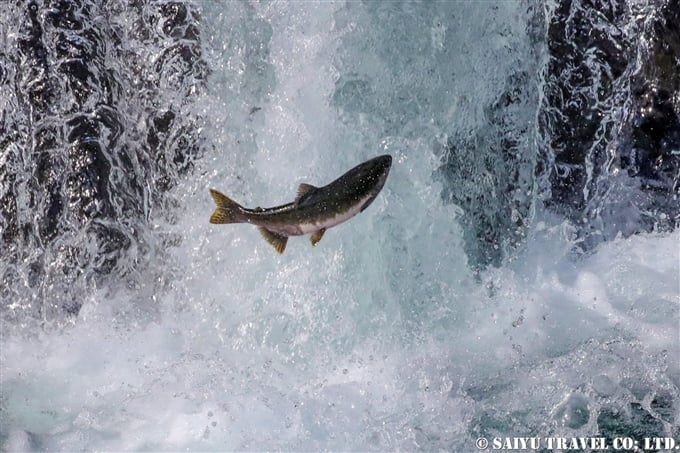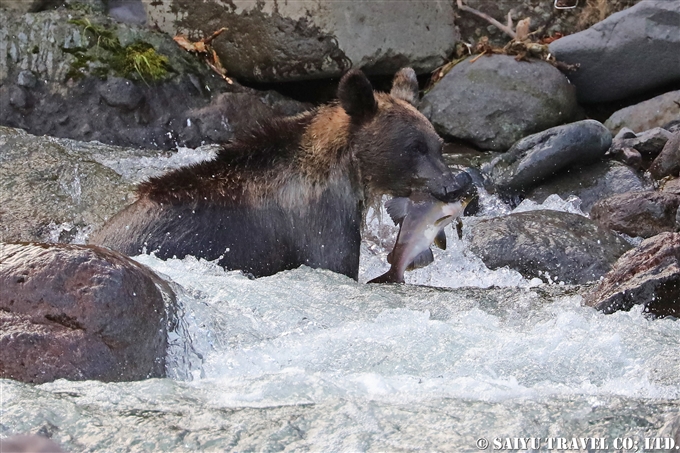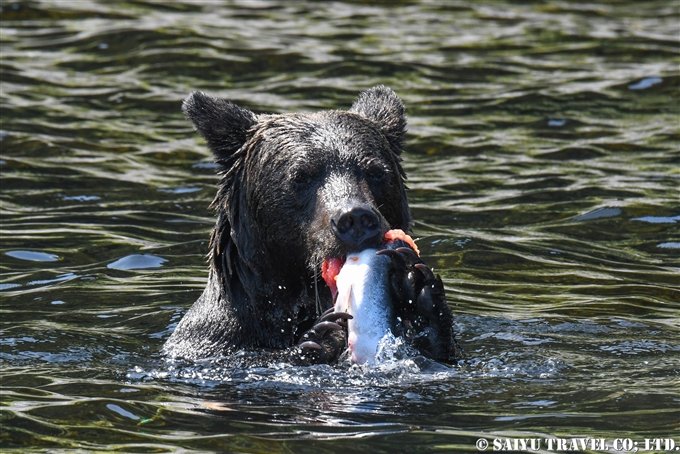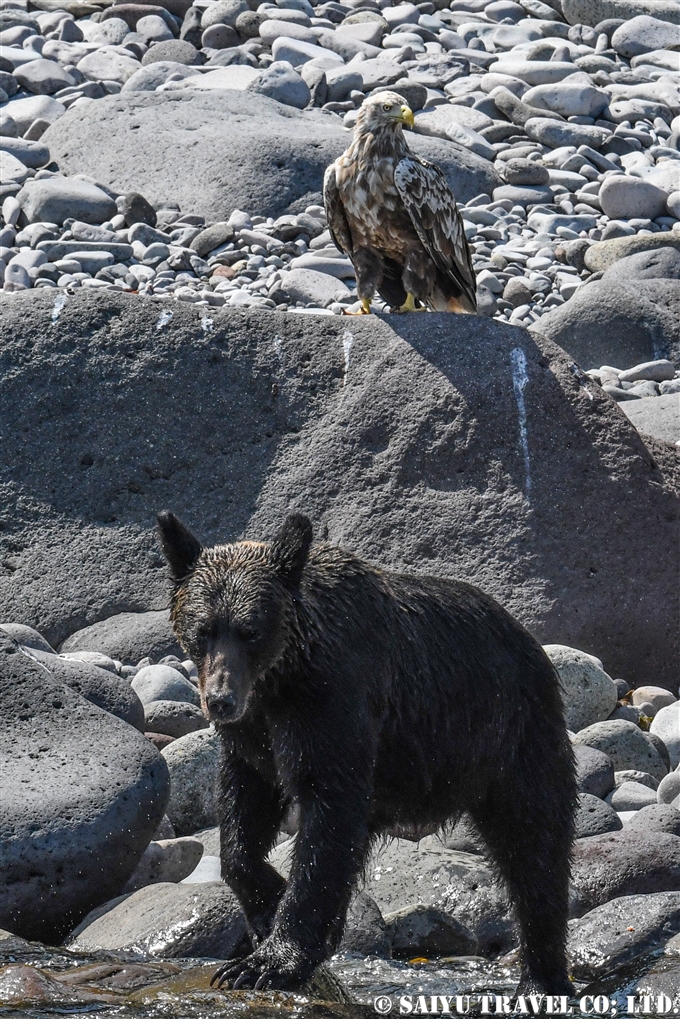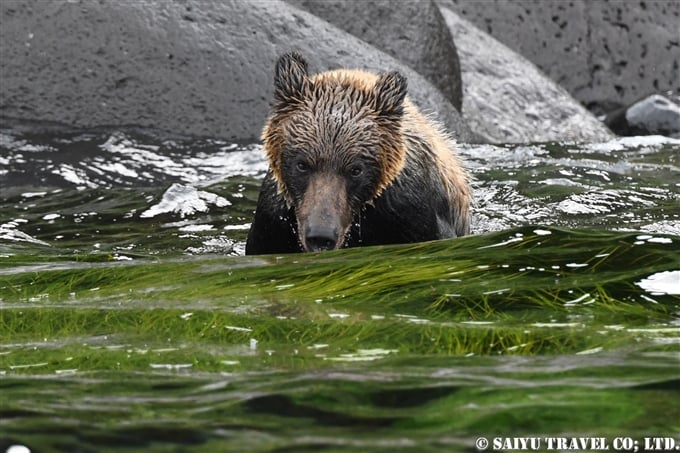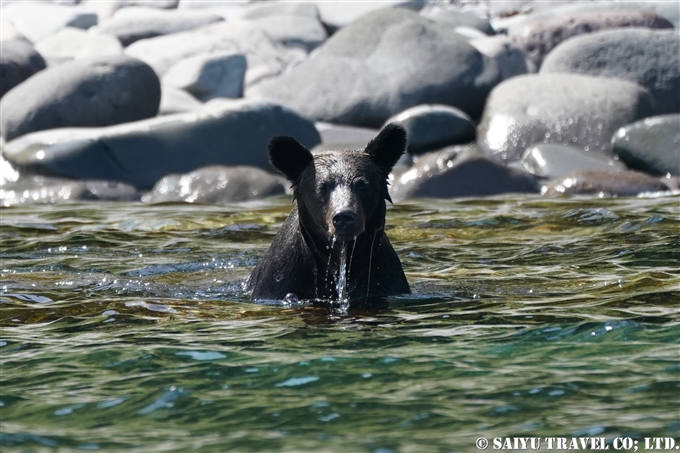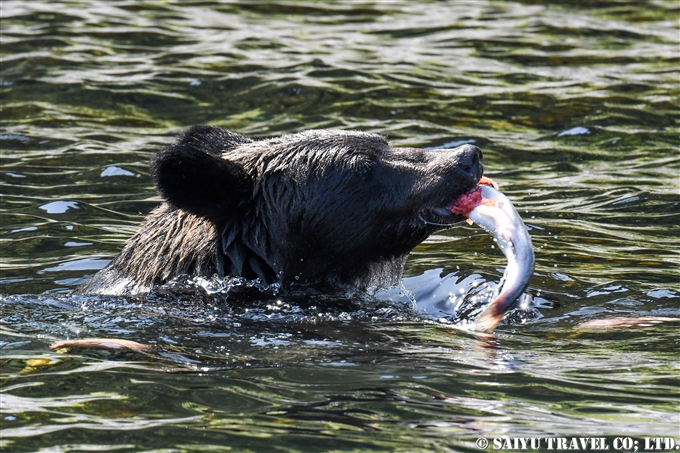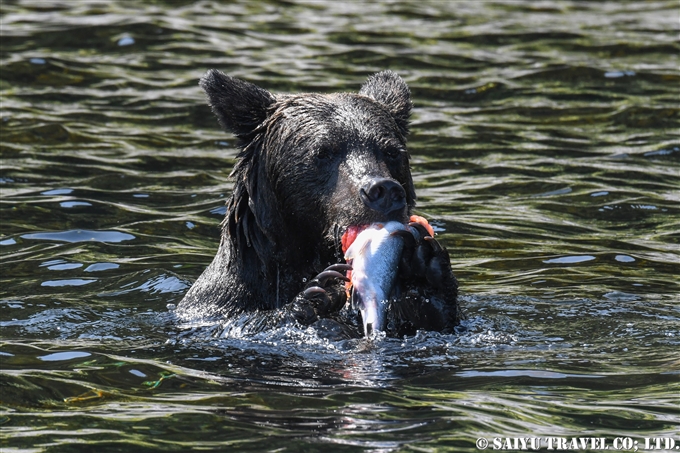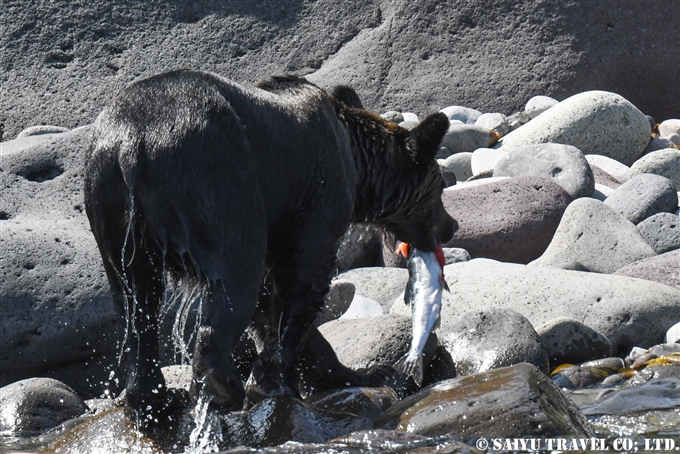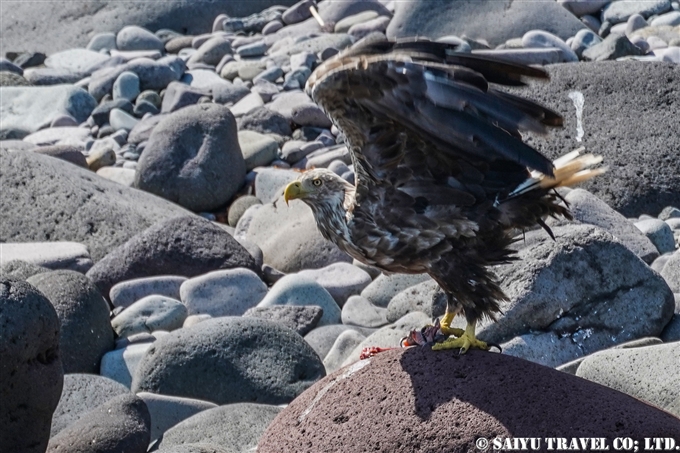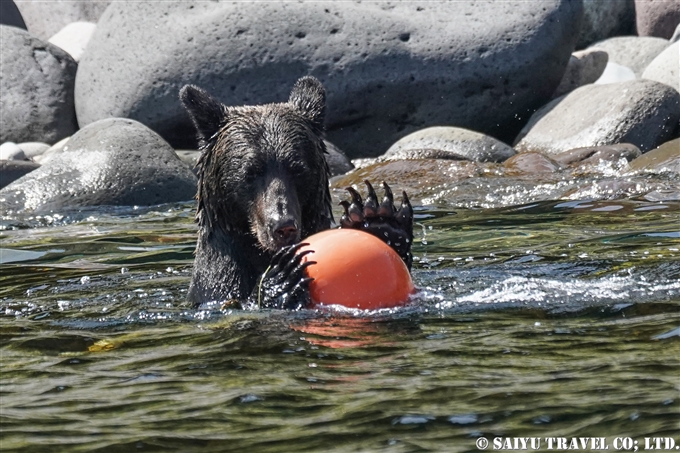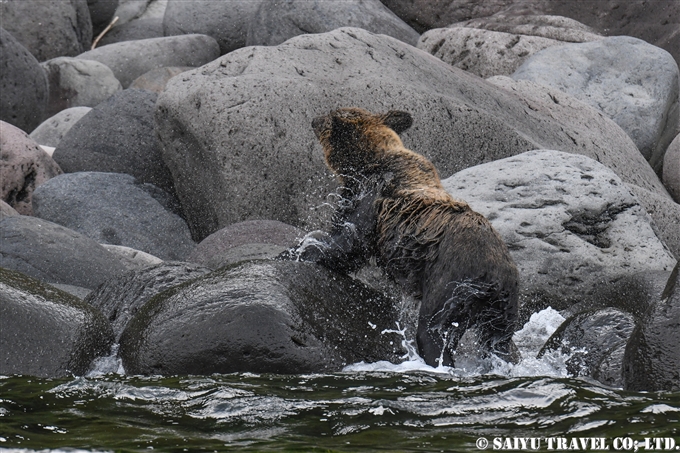
This is the second part of the winter tour report by bird photographer Gaku Tozuka, during the Tsurui Village Tour to capture Red-crowned Cranes, Jan 10 – 13, 2022.
Winter Photography Tour of Red-Crowned Cranes, Tsurui Village -Part 1
♪ ♪ ♪ ♪ ♪ ♪ ♪
In the middle of the night, while at the lodging, I heard a large sound, which was like “Zuzaa…” from outside several times, and I thought it was sound of the strong winds blowing. But when I looked out in the morning, I figured out it was instead, the sound of the snow falling off the roof. I cancelled the early morning photo outing because it was very windy and some occasional snow. After our breakfast, I was planning to go out shooting, but the sleet had turned into rain, so I decided to wait until noon. In the meantime, while waiting with everyone, I conducted a course on how to get good shots, for about an hour.
 Ural owl
Ural owl
After lunch, the snow and rain had stopped, and so I took the group to see the place where the Ural Owl had been seen. At first, I had to check the trail and location ahead of the group. After I had confirmed the location of the Owl, I went back to get the group and lead them into the woods. We still had some time after that, so we headed to see the Red-crowned Cranes and get photos of them. As soon as we arrived, we spotted the cranes, amongst the fresh snowfall and captured some beautiful scenes. Gradually, the sky grew dark and we were forced to call it quits at 4PM. We were lucky, because in Tsurui Village, the snow had been relatively mild, as I heard reports later, that there were other places that suffered considerable damage due to the heavy snowfall.

And then, it is the last day of the Photography Tour.
Departure was scheduled at 6am. The stars were twinkling in the night sky. There were some clouds to the east, but the weather looked stable enough to go out. However, it was a warm minus 3°C (26°F) and so we would not be able to get photos of the “rime ice” or the fine powdery ice frost we had seen before. Just the fact that it was not snowing or raining was a blessing.
When we arrived at the Otowa Bridge, it was still dim, but there were no other tourists there! It is unbelievable compared to the time when there were so many inbound customers before the Covid-19 Pandemic. It was too warm for the rime ice, but as the sky brightened up, the mallards started moving around and flew away. Back in the Setsuri River, we could see the whooper swans swimming in the beautiful river.
 Red-crowned crane
Red-crowned crane

The sun was rising, the temperature fell, and even though the tips of my fingers were hurting from the cold, everyone was focused on their photography. At 8am, the car came to pick us up and we had breakfast. When we went for getting photos of the Red-Crowned Cranes, yesterday’s fresh fallen snow was shining so brightly making it a dazzling scene. I was aiming for their flight and calling, but they were only doing their display towards the back of the flock…so it was difficult to get a good photo!
I was deeply appreciative of Mr. Wada, the owner of HOTEL TAITO, and all the staff who took care of us for the 4 days.
***************
The Birds Photographed: Red-crowned Crane, Ural Owl, Whooper Swan, Eurasian Nuthatch
Birds Observed: Steller’s Sea Eagle, White-tailed Sea Eagle, Japanese Pygmy Woodpecker, Great Spotted Woodpecker, Japanese Wagtail, Great Tit, Bulbul, Long-billed Plover, Crested Kingfisher, Carrion Crow, Jungle Crow
Mammals Observed: Sika deer
Photography & Text: Gaku TOZUKA (Bird photographer)
Visit: 2022, 10-13 JAN, Tsurui Village, Hokkaido
Profile:Gaku Tozuka (戸塚 学)
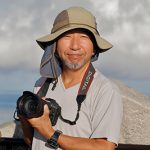 Born in Aichi Prefecture in 1966 and currently resides there. Became interested in photography when he was a junior in high school. He has been taking photographs mainly of natural scenery and wildlife, which he has loved since he was a child. Currently, rather than taking “pretty, cute, and cool” photos, he focuses on taking photos of scenes that have a human touch and environmental scenes that show the relationship with human life. Ultimately, he aims for “photographs that have a smell. His work has been published in photo collections and exhibitions, and used in magazines, illustrated books, and calendars. His photographic collections include “Raicho Korokoro” and others.
Born in Aichi Prefecture in 1966 and currently resides there. Became interested in photography when he was a junior in high school. He has been taking photographs mainly of natural scenery and wildlife, which he has loved since he was a child. Currently, rather than taking “pretty, cute, and cool” photos, he focuses on taking photos of scenes that have a human touch and environmental scenes that show the relationship with human life. Ultimately, he aims for “photographs that have a smell. His work has been published in photo collections and exhibitions, and used in magazines, illustrated books, and calendars. His photographic collections include “Raicho Korokoro” and others.
*Please contact us, Saiyu Travel for arrangements for wildlife and bird photography tours in Japan.
Tags: Bird Watching Japan, Otowa bridge, Wildlife of Japan, Red-crowned Crane, Ito sanctuary, Birds of Hokkaido, Tancho, Birds of Japan, Tanchou, Wildlife Photography tour in Japan, Photography tour of Red-crowned carane, Wildlife tour in Japan, Photography of Red-crowned crane, Tsurui village, Rausu, GAKU TOZUKA, Wildlife in Japan, Birding tour Japan, Tsurui mura, Bird tour Japan, Otowa-bashi, Wildlife of Hokkaido














